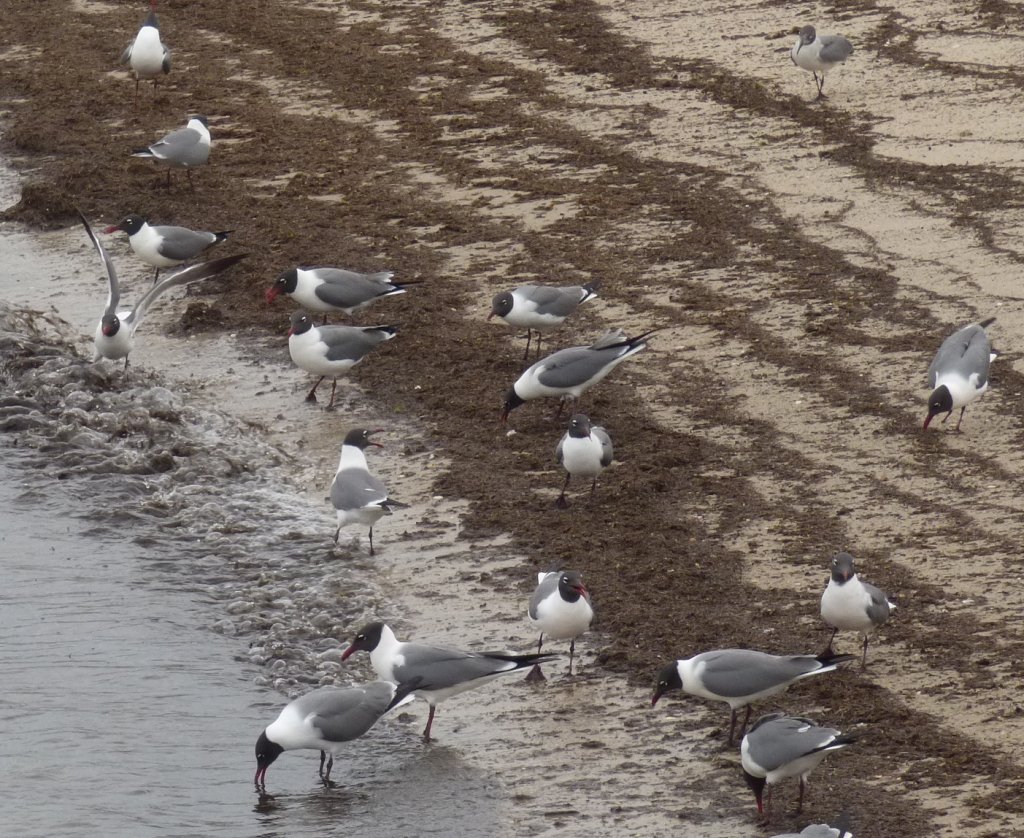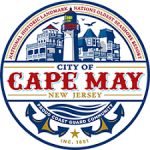DEL HAVEN – The season and tide was right May 15. Horseshoe crabs laid eggs near the shoreline of the beach at the end of Norbury’s Landing Road (CR.642) and elsewhere along the Delaware Bay shoreline. Flocks of seagulls noisily feasted. Red knots were not among the feathered diners that day.
Since time immemorial this springtime ritual cycle has taken place on the bay’s sands. Timing is roughly the same, from the full moon in May, (May 3 this year), until the full moon in June, (this year June 3), horseshoe crabs have congregated to the shallow water and laid eggs on the gravely sand.
Red knots are a threatened species under the Endangered Species Act, thus humans are unwelcome visitors during this particular season. The red knots make the incredible annual 9,750-mile odyssey from Tierra del Fuego, at the southern tip of South America to the Arctic. The menu of horseshoe crab eggs and small clams and mussels rejuvenates their bodies enabling their northward trek.
Keep Off
A sign by the road’s end at the bulkhead states, “Warning! Migratory Shorebird Protection Area. This is a critical habitat area for migratory shorebirds. Shorebirds feed and rest on many Delaware Bay beaches during a short stopover on their way to Arctic nesting areas. If they cannot feed here due to disturbance, they cannot gain weight or continue their migration, thus jeopardizing their survival. Please do not go beyond this point during the migration season of May 7 to June 7.” The sign also warns of the illegality of harassing migratory birds. Violators may be prosecuted and face fines from $250 to $5,000 per offense.
Visitors to Delaware Bay beaches during horseshoe crab spawning season are advised to avoid walking on the beach when shorebirds are present and to keep dogs leashed, according to a release from the state Division of Fish and Wildlife. “Adhere to beach closures and use designated viewing areas for watching shorebirds and study them from a distance with binoculars or a spotting scope,” it stated.
Counting Red Knots
Freeholder Kristine Gabor announced at the May 12 board meeting that she “Will be sitting in the marsh on Reeds Beach, if I survive it.”
Gabor will participate in a project May 24 that will net red knots, take blood samples, tag, then release them to complete their migration. She termed the feathered visitors “A great resource in the county,” since many bird watchers visit the county to witness the bayfront phenomenon thus bolstering the economy.
Further information from the DEP on horseshoe crabs:
Horseshoe crabs, Limulus polyphemus, are important to a diverse set of users. They lay their eggs on sandy beaches in spring and summer, and migrating shorebirds rely heavily on their eggs to supply energy required to complete their migration. Biomedical companies catch horseshoe crabs for their blood, from which they produce Limulus Amebocyte Lysate (LAL).
LAL is used to detect contamination of injectable drugs and implantable devices; it is the most sensitive means available for detecting endotoxins, which are part of the outer membrane of the cell wall of certain bacteria, such as E. coli and Salmonella.
Finally, horseshoe crabs are harvested commercially for bait to catch American eels, catfish, and whelk. Horseshoe crabs are a particularly important issue here in New Jersey because the Delaware Bay is the center of horseshoe crab spawning abundance on the Atlantic coast.
Adult horseshoe crabs winter in water 20 to 60 feet deep on the continental shelf. Increased water temperature and amount of daylight stimulate adult migration toward sandy beaches for spawning. The peak migration in the Delaware Bay generally occurs during the evening and full moon tides in May and June.
Females dig a shallow hole, ranging from 5 to 30 centimeters, below their bodies and deposit their eggs in clumps within the intertidal zone.
Weather can negatively affect spawning by disrupting spawning sites, driving animals off the beach, diminishing the number of pairs able to spawn, or preventing them from coming to the beach at all.
Horseshoe crabs molt numerous times as they grow from larval stage, shedding their exoskeleton at least 16 or 17 times before reaching sexual maturity. Horseshoe crabs require nine to 10 years to reach maturity, when they cease to molt, and may reach a maximum age of 20 years.
Because of the importance of horseshoe crab eggs as a primary food source for several species of migratory shorebirds, studies of horseshoe crab egg density have been performed since 1985. These studies have found a dramatic decline in horseshoe crab egg density from peak numbers in 1991, which corresponds to the much more intensive harvest of horseshoe crabs which began in the mid-1990s and extended into the early years of the present century. A recent survey, conducted throughout the Delaware Bay, found essentially no change in egg density from 2005 through 2010.
The importance of horseshoe crabs to species such as the red knot requires that horseshoe crab abundance be sufficient to support not only the human use, but needs of other species as well.
Sea Isle City – Please tell me about Trump's presidency that I missed. I recall that the threat from N. Korea stopped. I recall that covid came (from the Chinese) and Trump fast tracked a vaccine. I recall…








